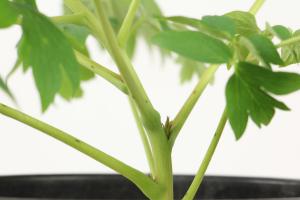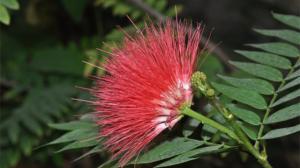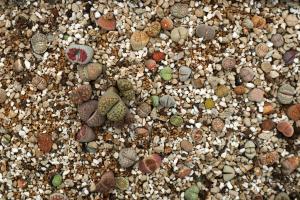Introduction
Sequoia trees are massive and impressive trees that are known for their stunning beauty and impressive size. These trees are well-known landmarks in many parks and forests around the world, and they are treasured for their aesthetic appeal as well as their important role in the ecosystem. If you are interested in planting sequoia trees, you may be wondering where the best place to plant them is. In this article, we will explore the various factors that should be taken into account when selecting a location for planting sequoia trees.
Climate Considerations
When it comes to planting sequoia trees, climate is one of the most important factors to consider. These trees are native to California and are typically found in warm, dry climates. They thrive in areas with long, hot summers and cool, dry winters, and they require plenty of sunlight and well-draining soil to flourish. If you live in a region with harsh winters or hot, humid summers, planting sequoia trees may not be feasible.
Soil Quality
Another key factor to consider when choosing a location for planting sequoia trees is soil quality. These trees require soil that is well-drained and rich in nutrients. If your soil is compacted or lacks adequate drainage, your sequoia trees may struggle to establish themselves and may even fail to thrive. Before planting your trees, it is important to test your soil to determine its quality and determine whether any amendments or treatments are necessary.
Spacing
Another important consideration when planting sequoia trees is spacing. These trees require plenty of space to grow and develop, and they should be planted at least 20 feet apart to prevent interference with each other's growth. Additionally, it is important to take into account the ultimate size of the trees, as they can grow to be quite large - up to 300 feet tall in some cases. Be sure to choose an area that can accommodate the growth of these magnificent trees without posing a risk to other plant life or buildings.
Sun Exposure
Sequoia trees require plenty of sunlight to grow and thrive, so choosing a location with adequate sun exposure is essential. Be sure to choose an area that receives at least six hours of direct sun each day, and avoid planting your sequoia trees in areas with too much shade, such as near taller trees or buildings.
Water Availability
Finally, water availability is another important factor to consider when planting sequoia trees. These trees require plenty of water to grow and develop, and they do best in areas with consistent rainfall or irrigation. If you live in an area with little rainfall or where water resources are scarce, you may need to install an irrigation system to ensure that your sequoia trees receive adequate moisture.
Conclusion
Planting sequoia trees is a rewarding and worthwhile endeavor, but it requires careful consideration of a number of factors. By taking into account climate, soil quality, spacing, sun exposure, and water availability, you can select a location that is ideal for these magnificent trees to thrive and develop into the awe-inspiring giants that they are known for being.

 how many times do yo...
how many times do yo... how many planted tre...
how many planted tre... how many pine trees ...
how many pine trees ... how many pecan trees...
how many pecan trees... how many plants comp...
how many plants comp... how many plants can ...
how many plants can ... how many plants and ...
how many plants and ... how many pepper plan...
how many pepper plan...































